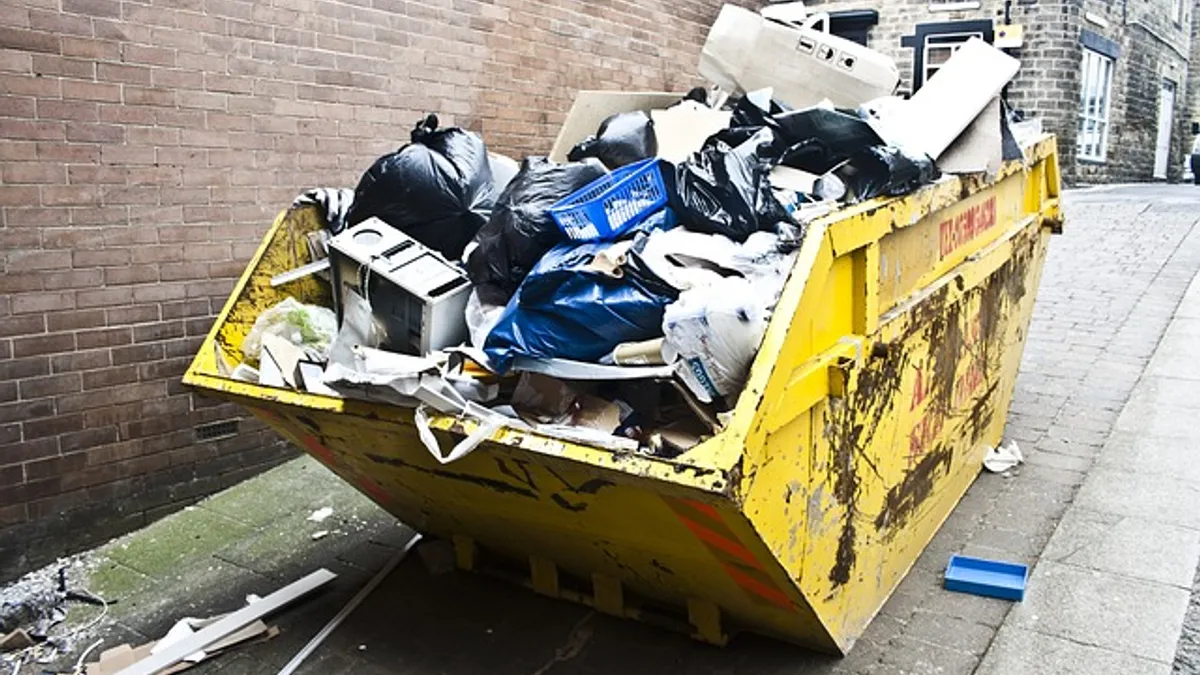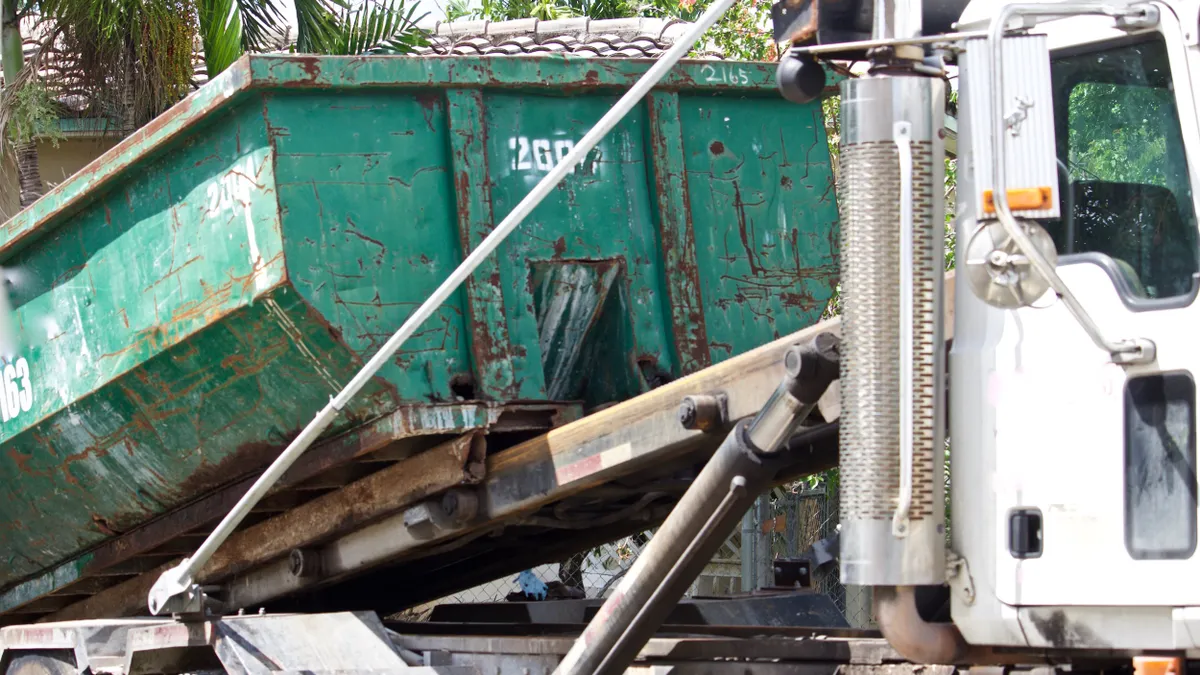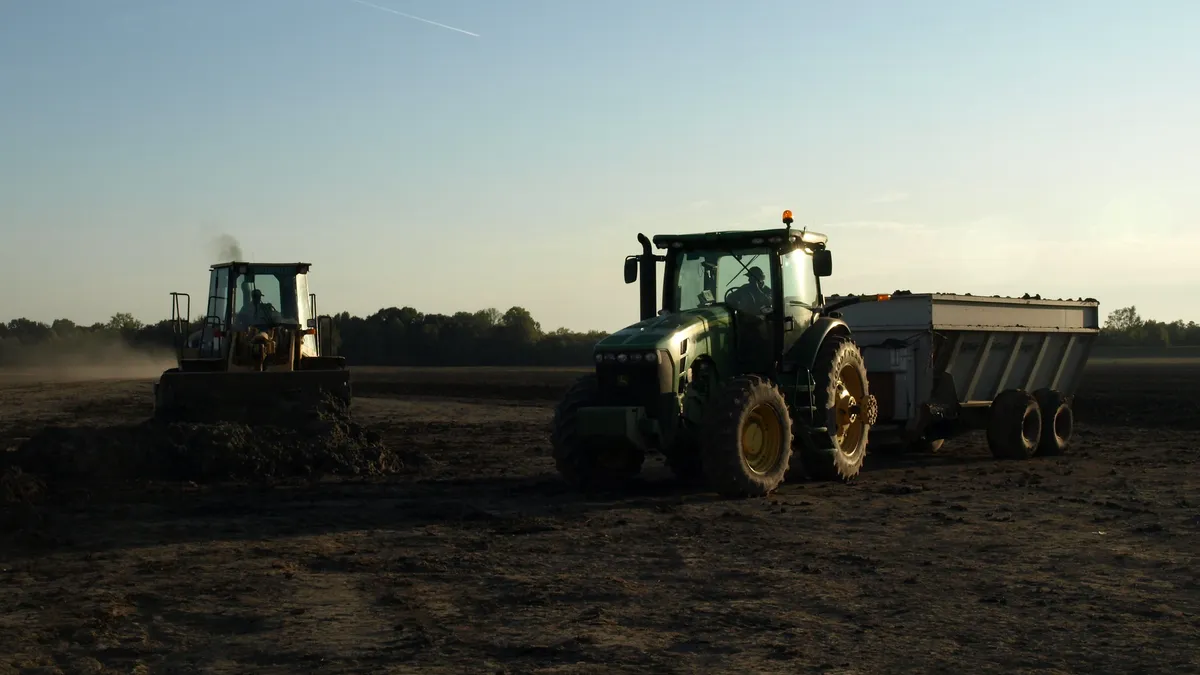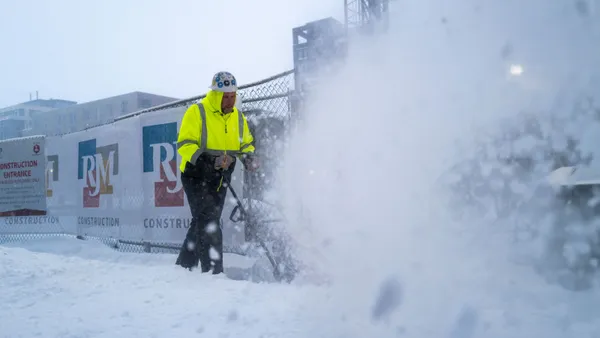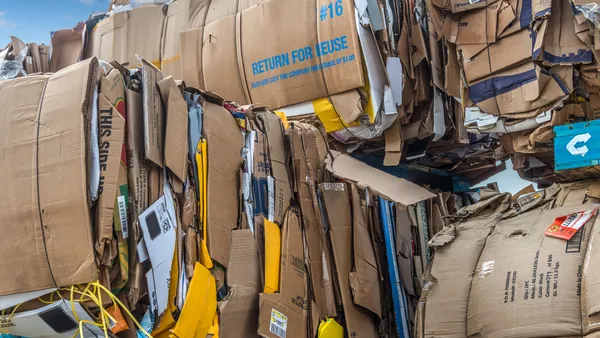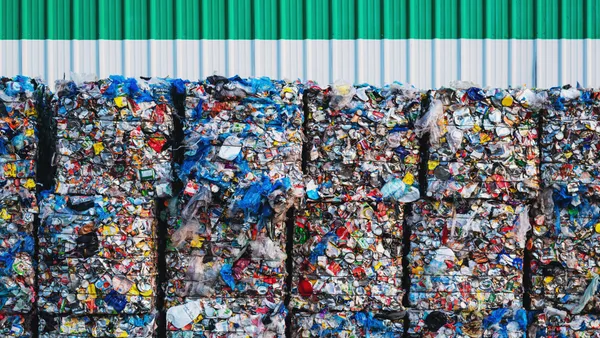UPDATE: The Connecticut chapter of the National Waste and Recycling Association (NWRA) has offered comment on the state's new Comprehensive Materials Management Strategy to increase diversion rates. While the chapter supports DEEP's goals to develop new recycling technologies, increase waste-to-energy efforts, and improve diversion programs and awareness across the board, it still has concerns. The chapter worries "the assumption of cost savings or cost avoidance by increasing recycling as outlined in the plan places achieving those goals at risk," as written in a statement.
Mike Paine, NWRA Connecticut Chapter chairman, wrote: "Our industry statewide is on the front lines of helping customers reduce the amount of waste they dispose through source reduction, recycling and other efforts, however, based on our real-world experience in the market, the annual savings will be substantially below the $25 million the DEEP is suggesting ... The DEEP's savings projections do not adequately factor in the cost of collecting, processing, and managing the new amounts of recyclables and food scraps and other types of organic waste."
Paine asks that officials understand the "true economics" of recycling markets and suggests that the DEEP look to the NWRA chapter for financial insight and guidance on such environmental goals.
Dive Brief:
- Connecticut's Department of Energy and Environmental Protection (DEEP) has released a new Comprehensive Materials Management Strategy to help meet its existing goal of 60% diversion by 2024.
- The state's diversion rate is currently around 35%. According to DEEP, if residents continue to generate an average 3.5 pounds of waste per day then disposal costs could rise by $25 million per year.
- Proposed solutions include increased enforcement of municipal waste ordinances, more emphasis on waste reduction, extended producer responsibility requirements, and more recycling of construction and demolition waste.
Dive Insight:
Since the state set its 60% diversion goal in 2014, the path forward has proven more challenging than expected. A 2015 waste characterization study found that food waste tonnage had increased since 2010 despite previous legislation encouraging organics diversion. DEEP estimates that 40% of the state's waste is organic material and this presents a major area for improvement.
On a positive note, Connecticut claims to have the lowest landfill rate of any state, which it achieves by using waste-to-energy facilities for 87% of refuse. The amount of paper, metal, and plastic also decreased since 2015. DEEP also recently announced a partnership with the American Chemistry Council's Flexible Film Recycling Group to boost plastic film recycling which will help tackle the 44% of materials in the waste stream that aren't currently recoverable through traditional systems.
As seen recently in California, where the diversion rate has dipped, even the most ambitious programs can still be affected by outside factors. By outlining new strategies for change and calling for new investment in infrastructure, Connecticut is moving in the right direction, but it will still be tough to see the desired jump in diversion rates if recycling markets don't improve.



